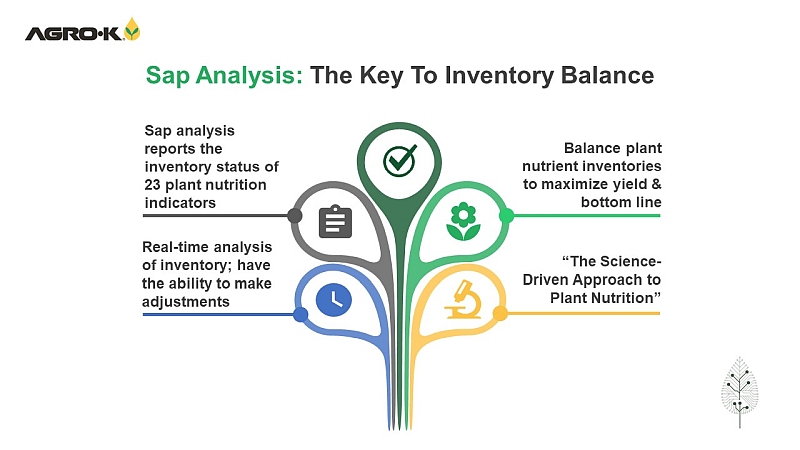Structure Key To Organic Grape Growing

Setting anchors for the critical end posts in a vineyard trellis can be very hard work. The anchors should be of high-quality steel.
Growers who are considering the establishment of an organic vineyard, or transitioning an existing one to organic status, should pay particular attention to the trellis. “The primary difference between organic and conventional vineyard establishment is the requirement for non-treated wood posts for all trellising, including end posts,” states the introduction to a recent fact sheet from Washington State University (WSU).
WSU horticulturists Jonathan Roozen, Carol Miles, Gale Sterrett, and Jacky King recently posted “Trellis and Planting Stock Considerations for an Organic Vineyard,” which can be downloaded as a PDF by visiting http://bit.ly/aHuTcI. The trellis is so critical to an organic vineyard, says Roozen, that some winegrape growers plant trees just to source the wood for their stakes. The reason the right wood is critical is that since it can’t be treated, it is more prone to disintegration. The deeply buried end posts are particularly vulnerable.
“You don’t want to be replacing them (the end posts) every five years because when you replace an end post it’s a lot of work to do the wiring all over — a lot of work,” he says. “You can use metal posts, but they’re a lot more expensive, and you don’t really need big metal posts.”
End Posts Come First
End posts can be made from several types of trees that produce durable wood even when untreated. Oregon State University (OSU)-Corvallis researchers compared the durability of various types of posts in a long-term study that looked at such varieties as black locust, osage orange, redwood, Pacific yew, Oregon white oak, and western juniper, which Roozen says might be the most popular choice. The results of the study can be found here.
The WSU researchers used juniper for the end posts in their research because it is available in the Pacific Northwest, and is highly durable with a natural resistance to decay. In fact, it has reportedly lasted 30 years or more in OSU tests, longer than any other untreated species found in the western U.S. In addition, it shrinks and swells less than many other Pacific Northwest types. It also has the ability to bend and not break.
Choosing the type of wood used for end posts in an organic vineyard is not a decision to be made lightly, says Roozen. Indeed, of all the missteps he has seen by conventional grape growers making the transition to organic, he says the most common mistake is using the wrong type of wood for the end posts.
Trellis Comes Next
There are numerous types of metal posts used in vineyards, and many are common to organic vineyards. Here’s a brief look at a few taken directly from the WSU fact sheet.
– The Mannwerks post features cold-formed hot-rolled steel with minimum tensile strength of 65,000 psi, and a minimum yield point of 50,000 psi. These posts are designed to be gentle on mechanical harvesters, extremely stable in soil, and user-friendly.
– Rib back posts are 9 feet long and consist of 3 pounds of steel per foot. The 3â„8-inch diameter holes run the entire rib length of the stake every 2 inches. Commonly used as an end post option, rib back posts are ideally suited for rocky or hardpan soil conditions.
– Diamond back posts can be used as end posts since the diamond shape provides the strength needed for end posts, and the rounded edges are easy on mechanical harvesters.
– Fencing T-posts can be used in vineyards for trellising, but are not as popular as some other types. Although inexpensive and available in various lengths, they require installation of wire clips to support the wires, which is an additional expense and effort.
– Rolled Edge Vertical Line posts were used as in-row support posts at the WSU Mount Vernon NWREC organic grape block. The standard post is 8 feet long, 13 gauge, and provides for a natural “wood” look in the vineyard without any concern with wood preservatives. Heavier duty 12-gauge posts are available for areas of high wind conditions, or trellis systems that will carry an extra heavy load. Side notches make wire placement easy, and require no clips for installation, reducing expense and labor. These posts are well suited for mechanical harvesters.









